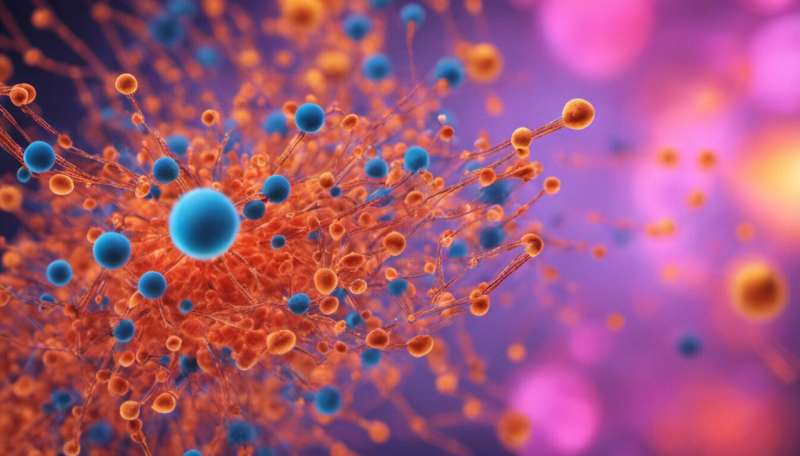Twist-and-glow molecules aid rapid gas detection

In an emergency such as a factory fire, ascertaining which gases are present in the air is critical to preventing or minimizing poisoning (Fig. 1). This requires gas sensors that react quickly and provide a visual signal. However, many existing detection systems work for only one gas, or they use a chemical reaction that is too slow to respond in emergency situations.
Now, Takashi Uemura of Kyoto University and colleagues at several other Japanese institutes, including the RIKEN SPring-8 Center, have created a gas sensor that works rapidly, emits a clear fluorescent signal, and detects different gases. Most importantly, the new sensor can distinguish between gases with similar chemical and physical properties.
Uemura and colleagues’ sensor contains so-called ‘flexible porous coordination polymers’ coupled with fluorescent reporter molecules that change structure, and therefore emit signals, according to different gases present in the air.
“We thought that the incorporation of functional polymers into flexible porous coordination matrices would show unique dynamic properties,” says Uemura. He and his colleagues therefore inserted a fluorescent reporter molecule into the coordination polymer, whereupon the whole combined structure twisted out of shape.
In this normal and twisted state, the fluorescent light from the reporter is quite dim and green. Once gas molecules are introduced, the structure begins to return to its original shape, and the fluorescence returns, brightening as the gas pressure intensifies. For example, the fluorescence changes from green to blue when the molecule adsorbs carbon dioxide.
By this method, the sensor allows regular monitoring of both the type of gas and its concentration in the air. Crucially, the fluorescent response begins within seconds upon interaction with the gas and is complete within minutes, allowing emergency responders to make decisions quickly (Fig. 1).
In addition to these attributes, this is the first such detection system shown to work for gases with almost identical physical properties, the team notes. “Physical properties, such as size, shape, and boiling points, are very similar between carbon dioxide and acetylene, for example, so it is difficult to distinguish between them,” explains Uemura. “Our material has carboxylate sites in the pore, and these sites can bind to acetylene more strongly than carbon dioxide.
“This unique cooperative change of host and guest could allow us to design new advanced materials,” he adds. By investigating different flexible host structures and other ‘guest’ reporter molecules, the researchers believe they could create gas detection systems for a variety of different gases and other applications in the future.
More information: Nature Materials 10, 787–793 (2011) doi:10.1038/nmat3104
Journal information: Nature Materials
Provided by RIKEN


















